Clinical guide
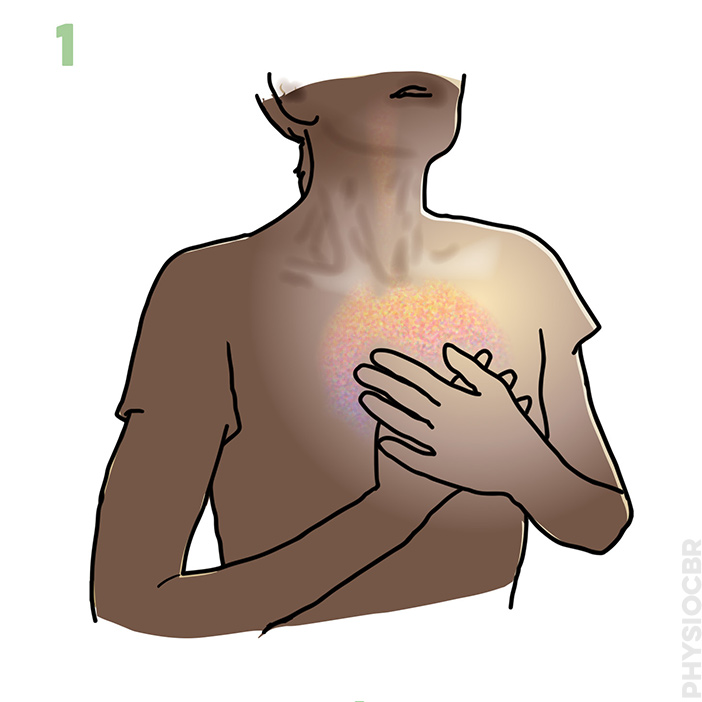
|
|
| Do you have severe chest pain? | |
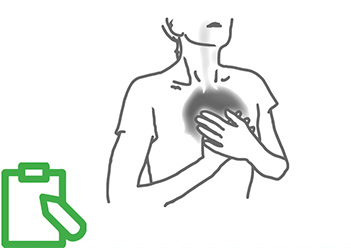 |
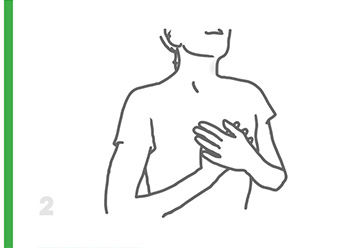 |
|
YES |
NO |
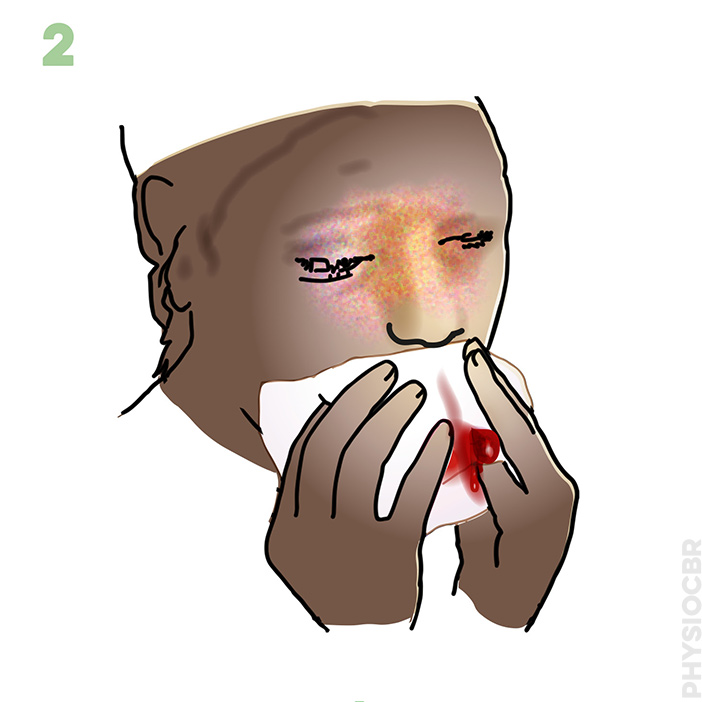
|
|
| Do you cough up blood? | |
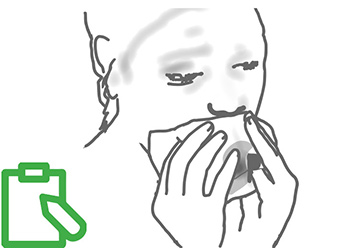 |
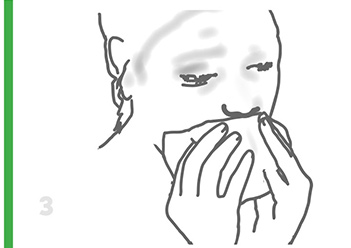 |
|
YES |
NO |
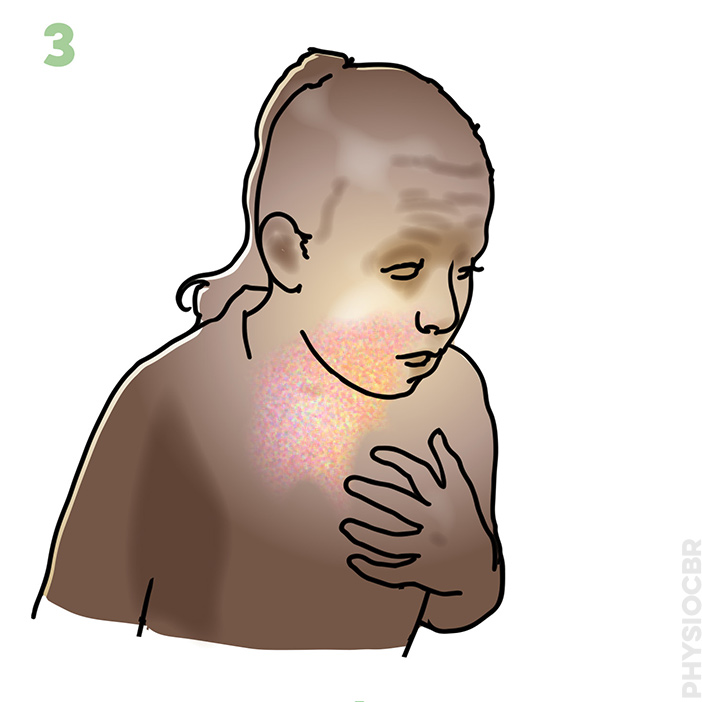
|
|
| Is the in-breath louder than the out-breath (stridor)? | |
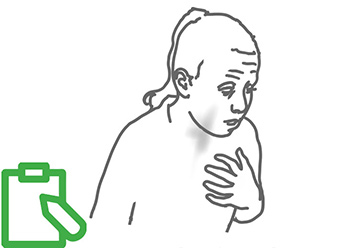 |
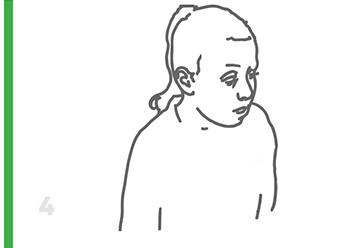 |
|
YES |
NO Breathlessness |
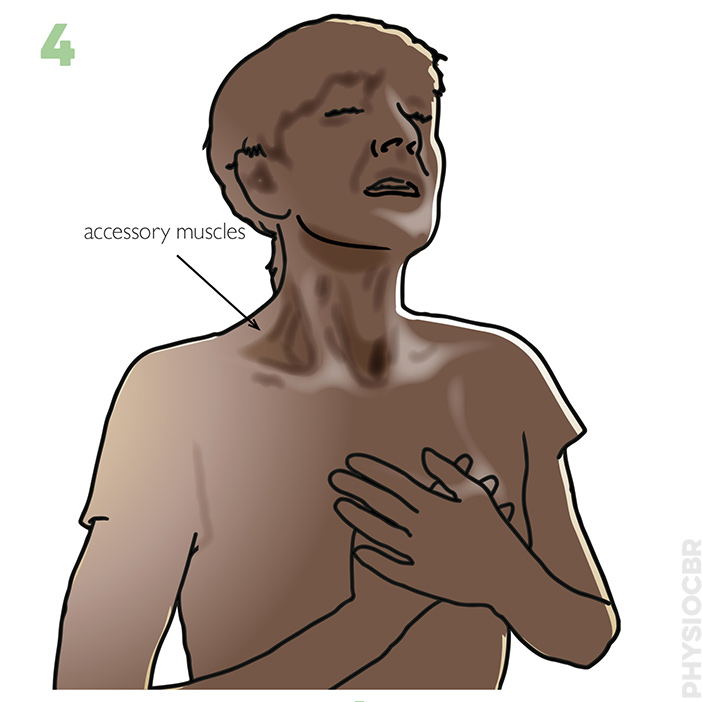
|
|
| Is the patient out of breath when speaking? (note: do their shoulders move to help them breathe) | |
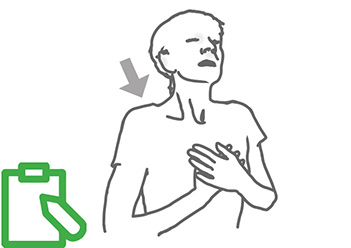 |
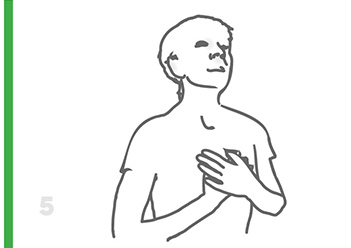 |
|
YES |
NO |
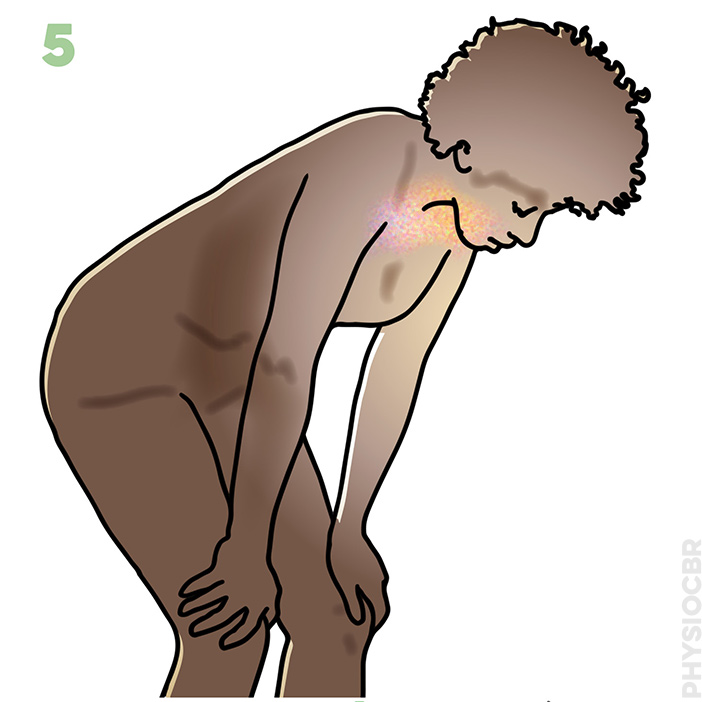
|
|
| Do you now struggle with a normal activity such as walking, which didn’t happen before? | |
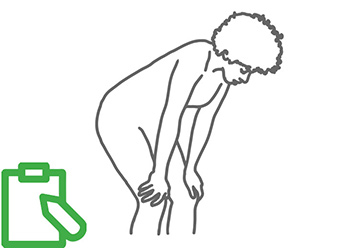 |
 |
|
YES |
NO |
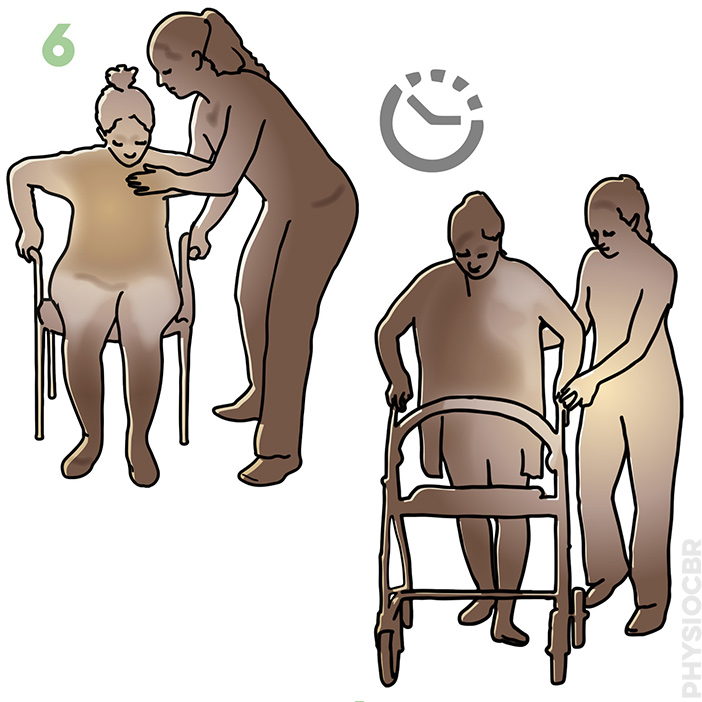
|
|
| How many sit to stands OR what distance walked in 2 minutes? | |
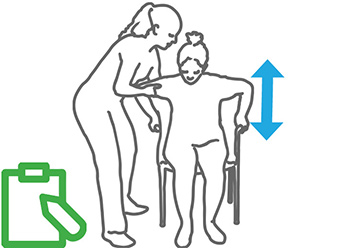 |
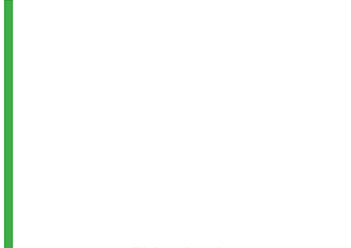 |
|
YES |
|

|
|
| What number does the patient point to for breathlessness? | |
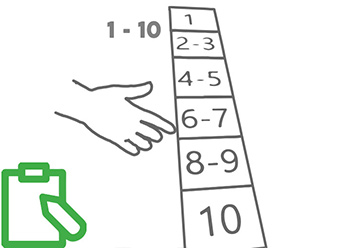 |
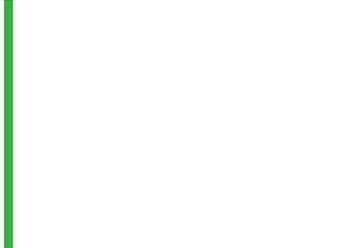 |
|
YES |
|

|
|
| Can you hear crackles with your ear or stethoscope? | |
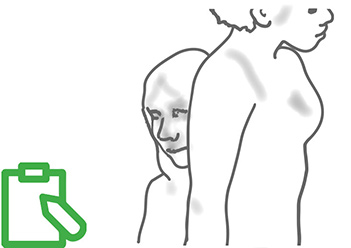 |
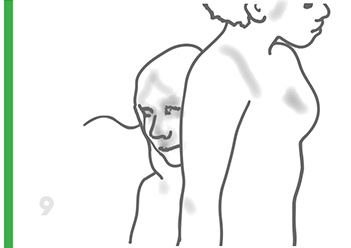 |
|
YES |
NO |
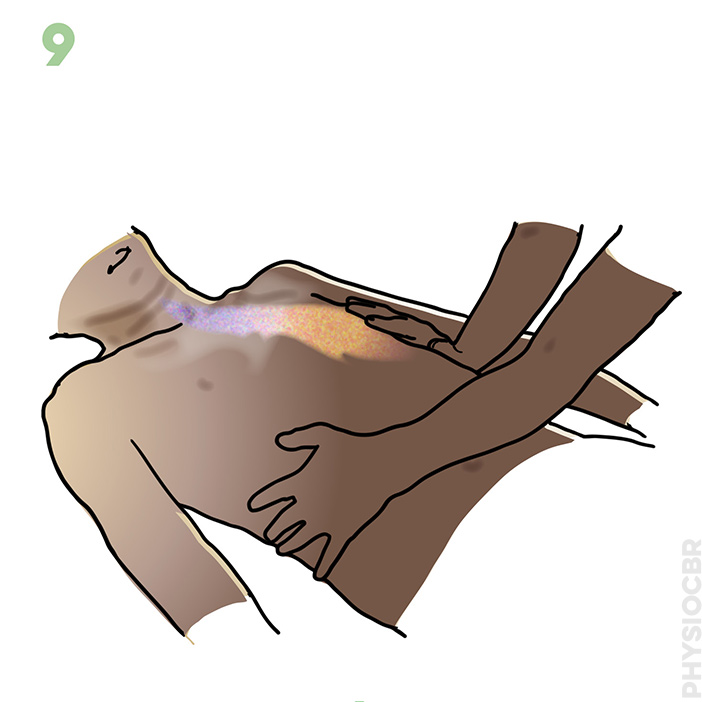
|
|
| Can you feel the crackles with your hand? | |
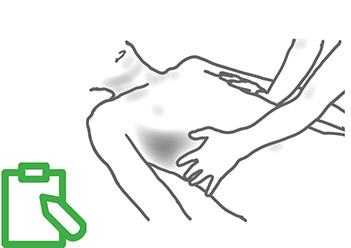 |
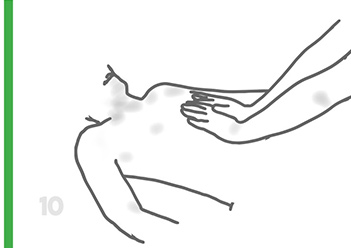 |
|
YES |
NO |

|
|
| Are the crackles high in the lungs? | |
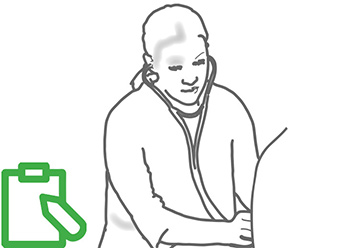 |
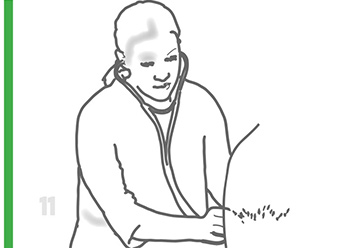 |
|
YES |
NO |
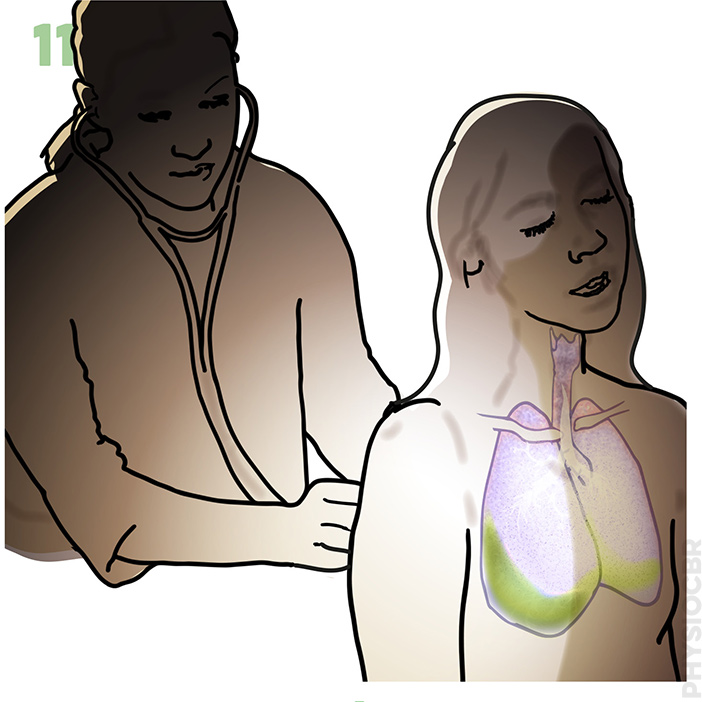
|
|
| Do you hear bronchial breathing or reduced breath sounds? | |
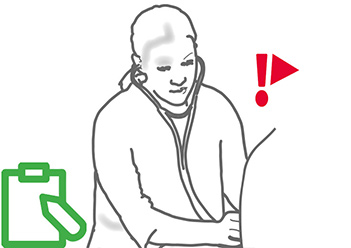 |
 |
|
YES |
NO |
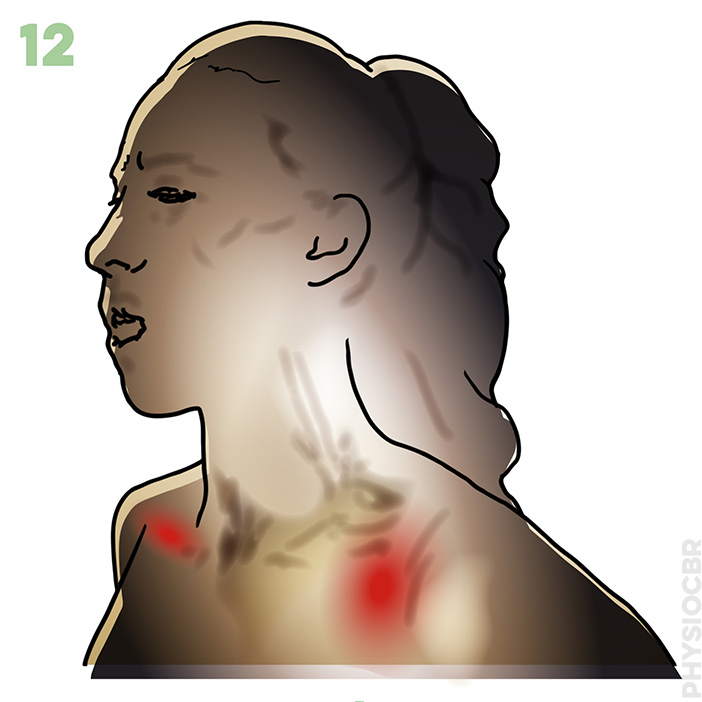
|
|
| Do you feel aches around your shoulders or chest from coughing and bringing up sputum? | |
 |
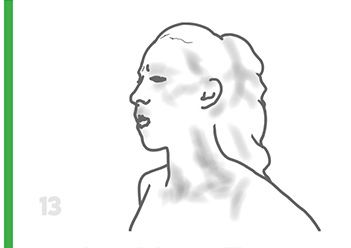 |
|
YES |
NO |
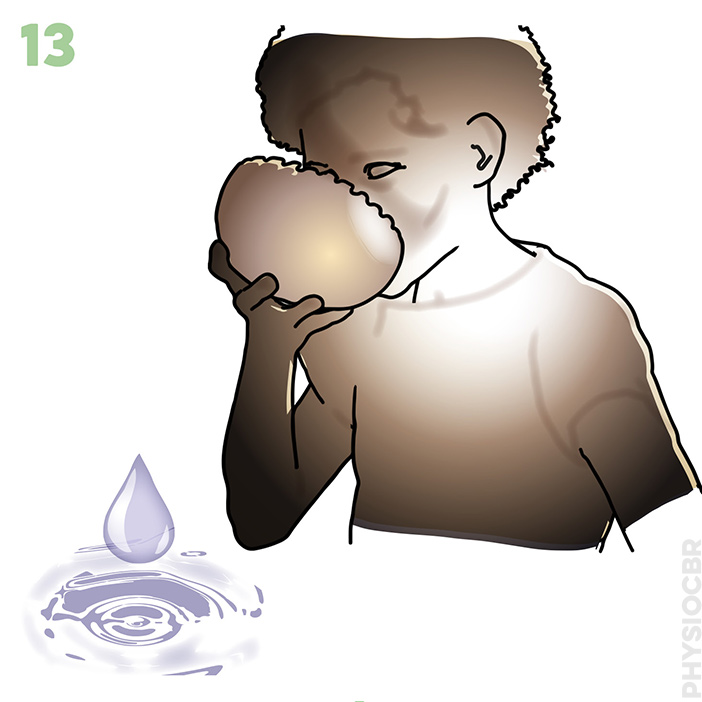
|
|
| Are you drinking enough water? | |
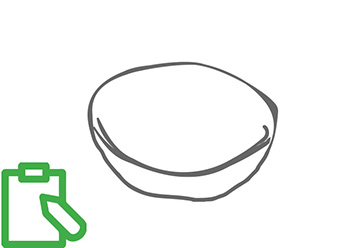 |
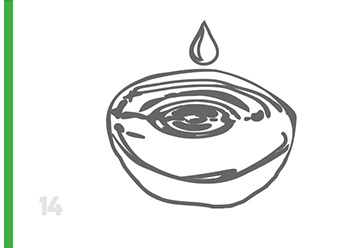 |
|
YES |
NO |
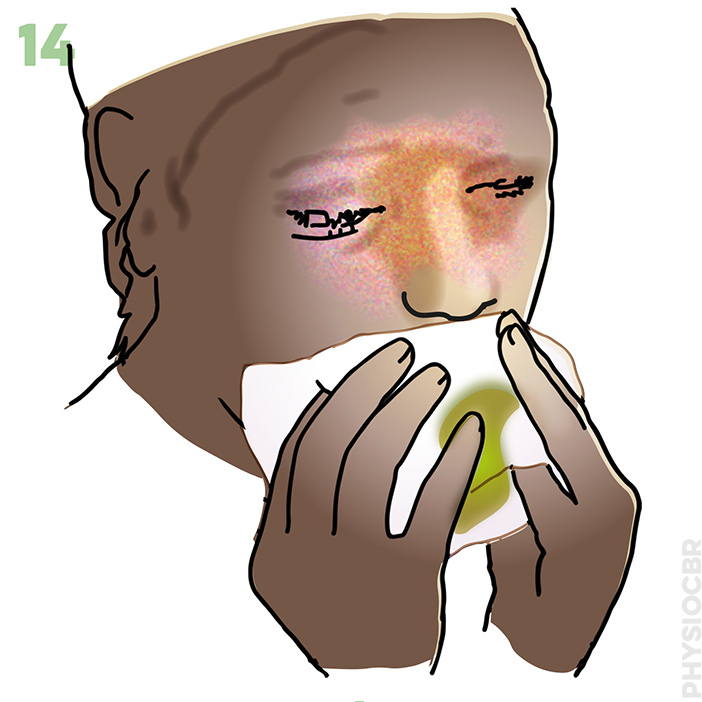
|
|
| Do you (the patient) have a lot of sputum? | |
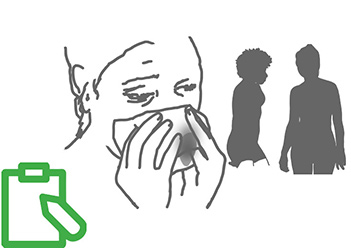 |
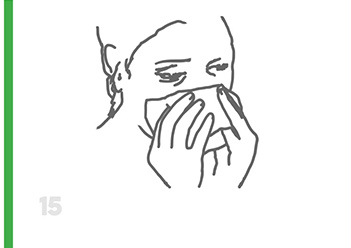 |
|
YES |
NO |
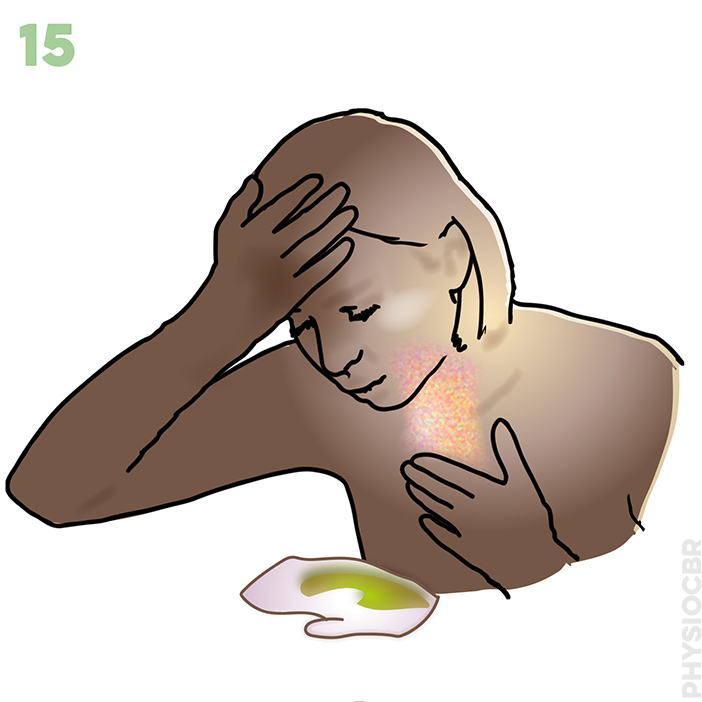
|
|
| Does the amount of sputum bother you? | |
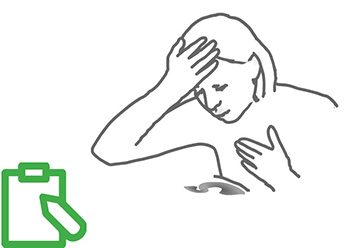 |
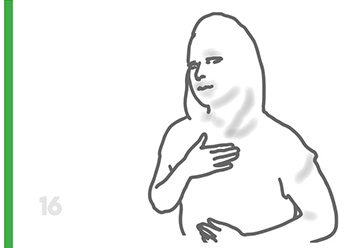 |
|
YES |
NO |
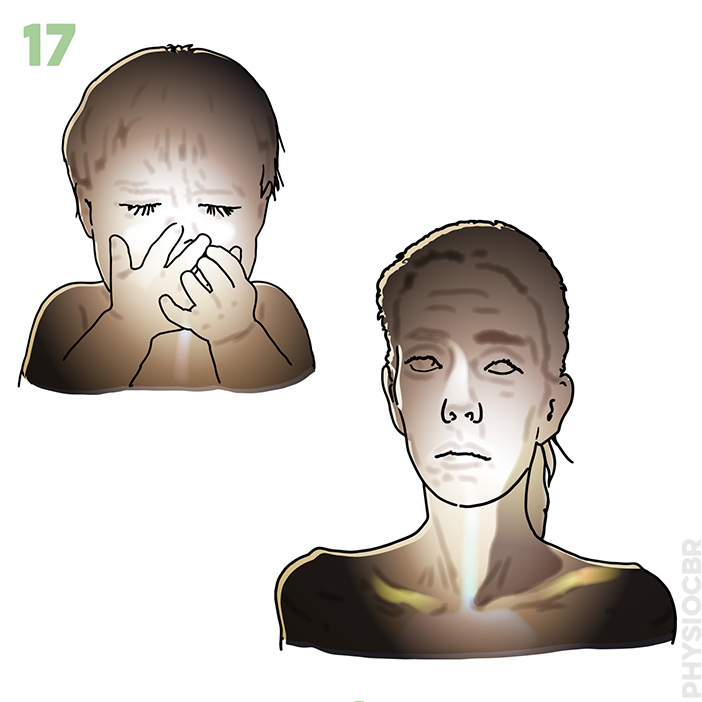
|
|
| Do you have bronchiectasis or COPD? | |
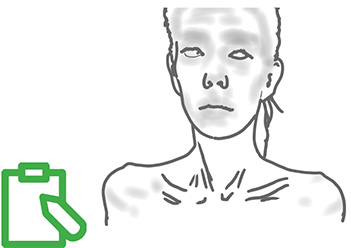 |
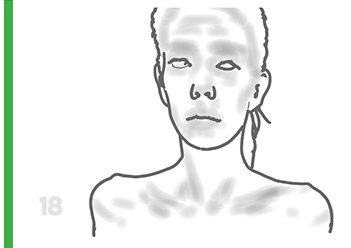 |
|
YES |
NO |
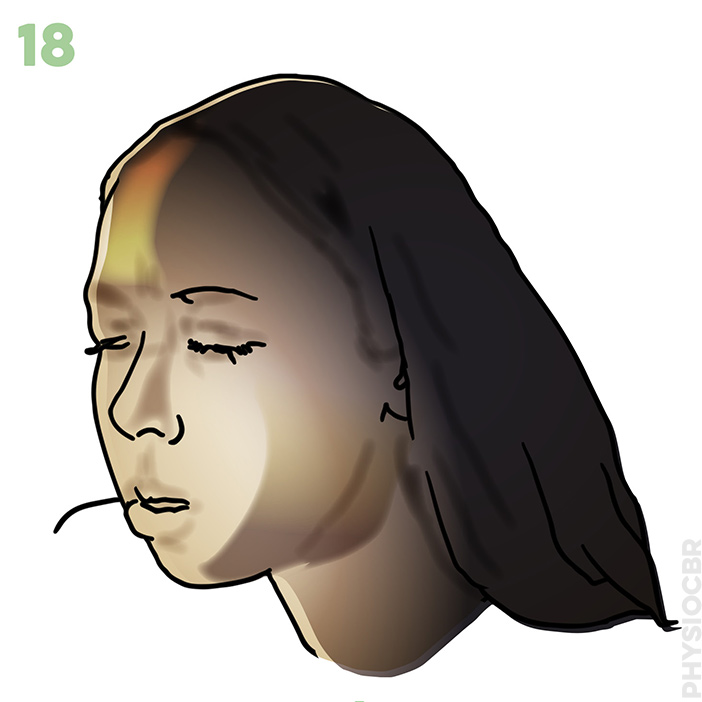
|
|
| Do you feel ill/ have a temperature? | |
 |
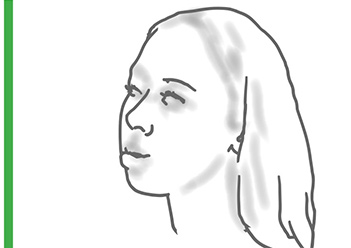 |
|
YES |
NO |
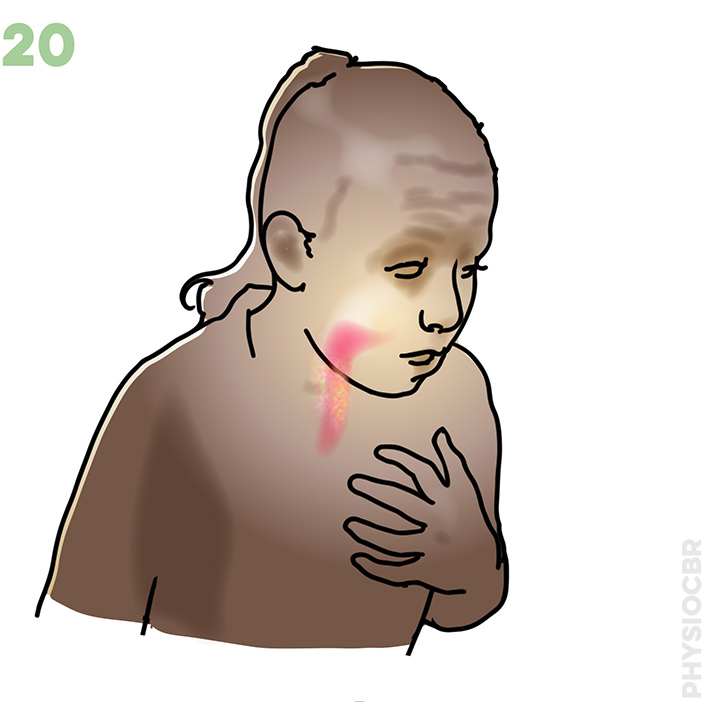
|
|
| Is the problem of bringing up sputum due to pain? | |
 |
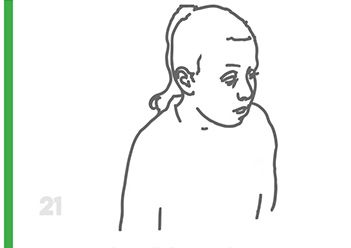 |
|
YES Pain causing retention: requires clearance, massage and light exercises... |
NO |
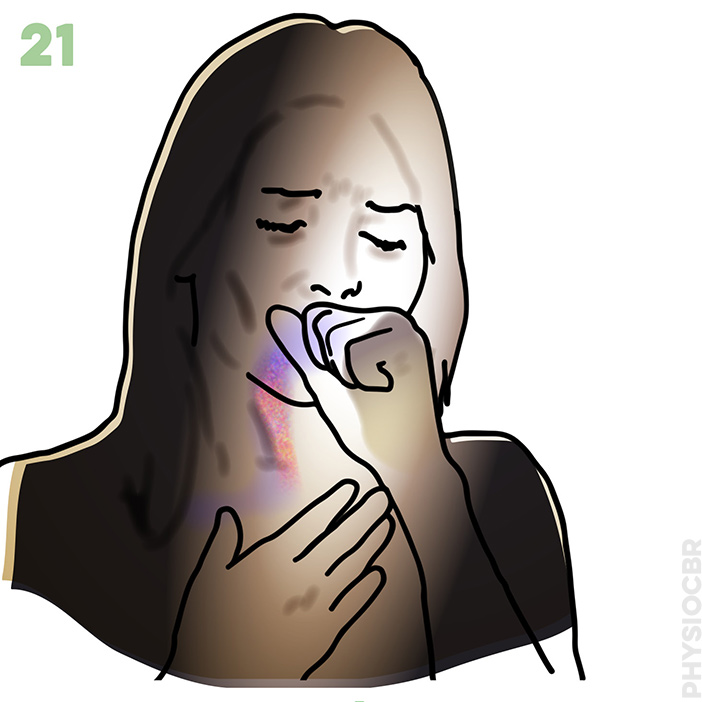
|
|
| Is the problem of bringing up sputum due to weakness? | |
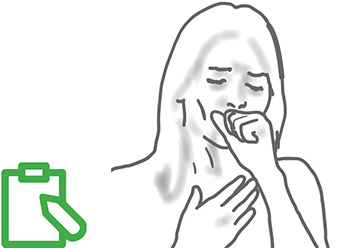 |
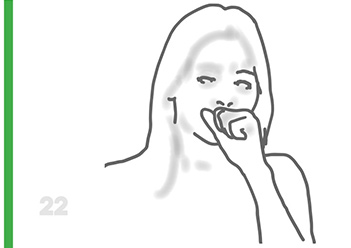 |
| YES Weakness: use sputum treatment... | NO |
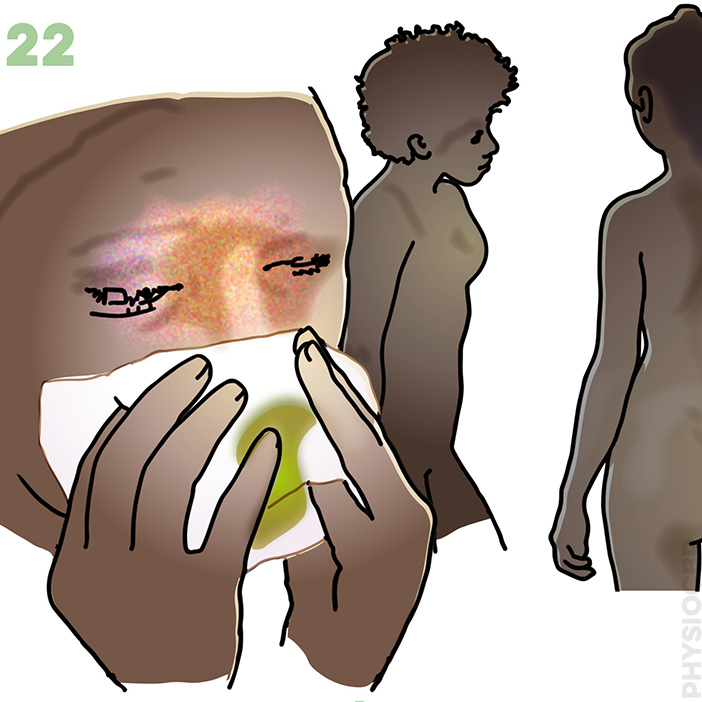
|
|
| Is the problem of bringing up sputum due to a social reason or embarrassment? | |
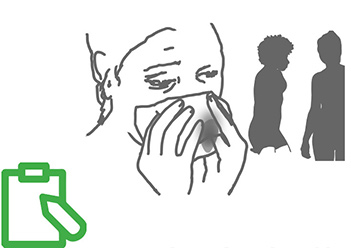 |
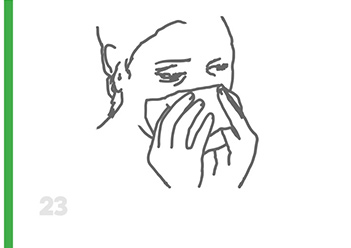 |
| YES Embarrassment: clear chest at home | NO |
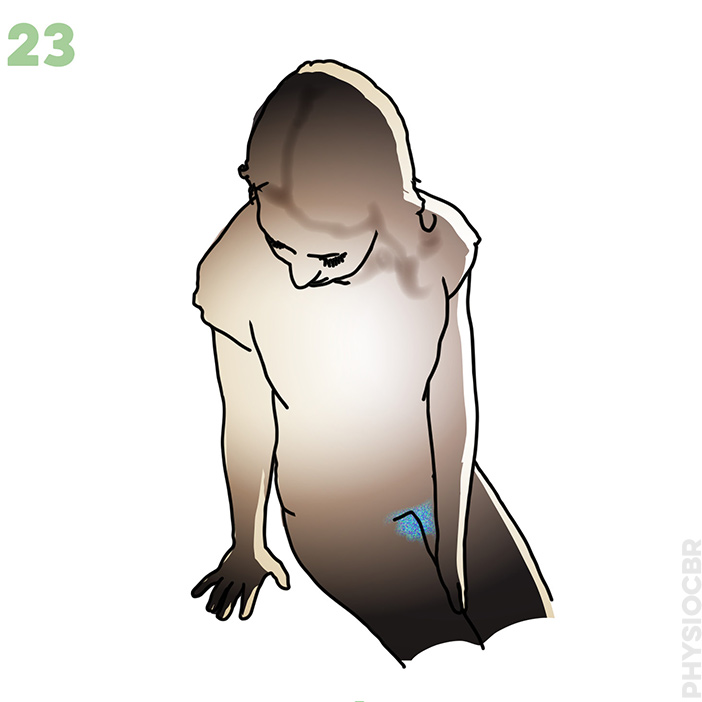
|
|
| Do you wet yourself when coughing? | |
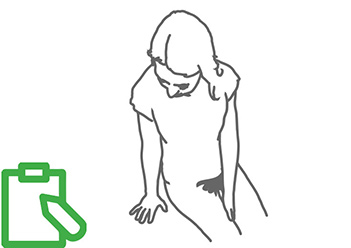 |
 |
| YES Cough control: and pelvic floor exercises | NO |
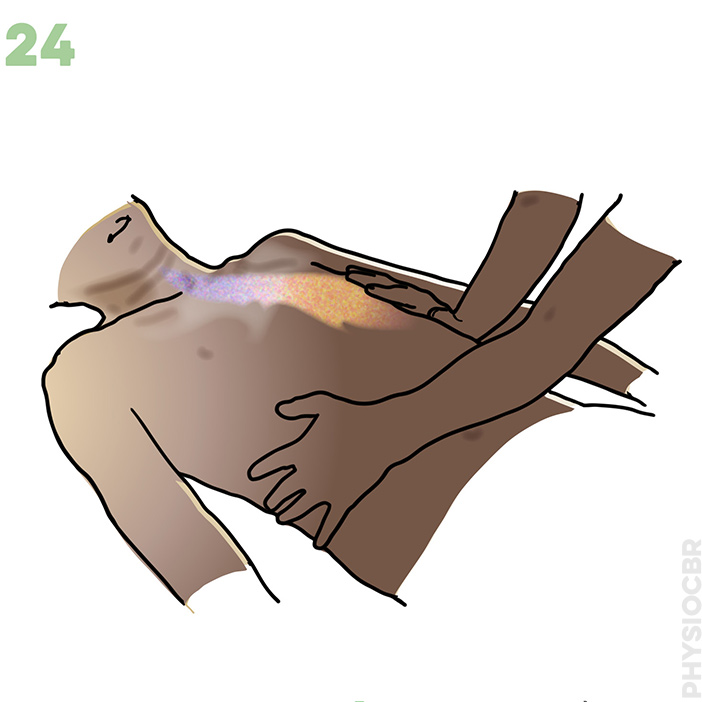
|
|
| Outcome measures (done after treatment): Is the sputum now clearer? | |
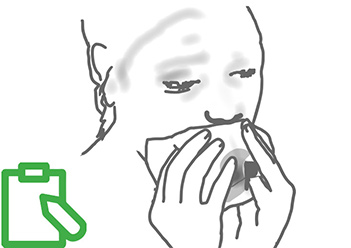 |
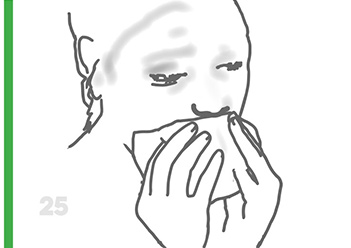 |
| NO Repeat treatment | YES |
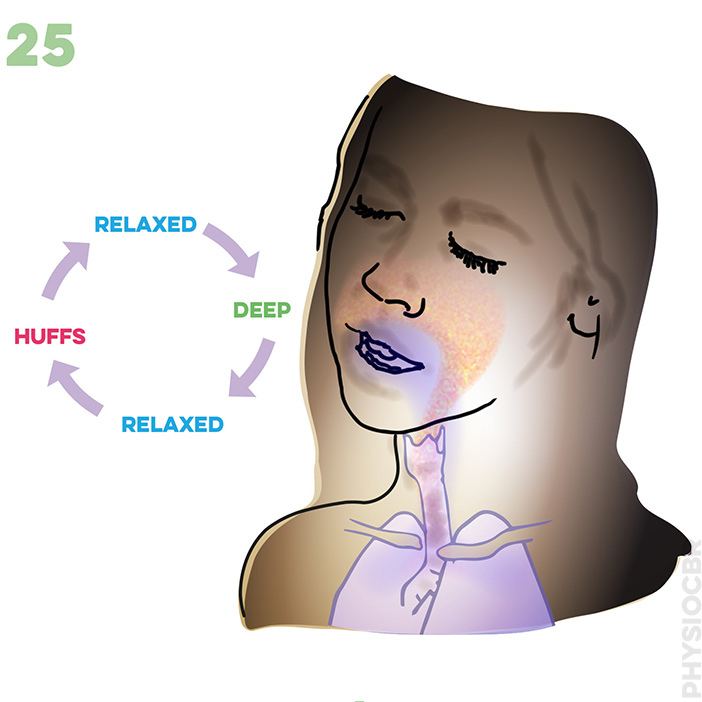
|
|
| Outcome measures (done after treatment): Can the patient now manage their own secretions? | |
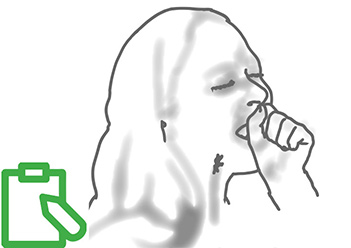 |
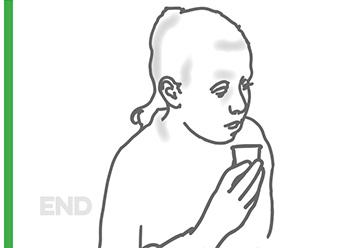 |
|
YES : END |
NO : Repeat treatment |
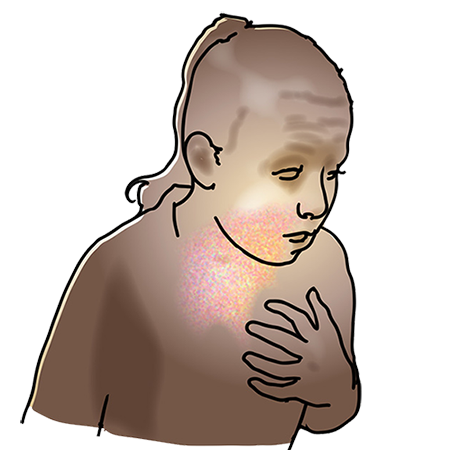
Have you had COVID-19 and still feeling its after-effects, or are you back to the same energy level you had before your virus?
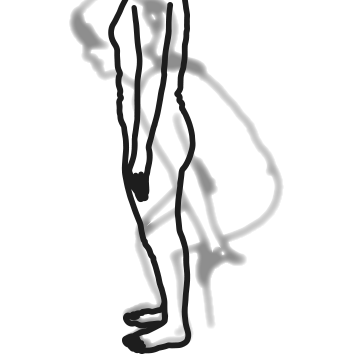
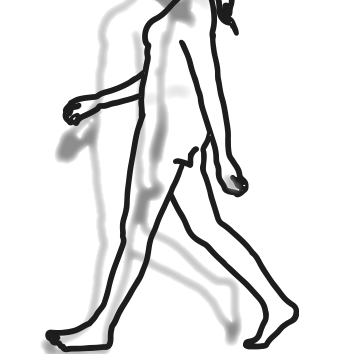
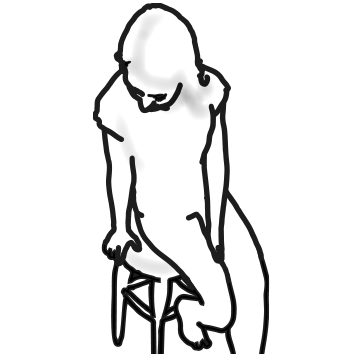
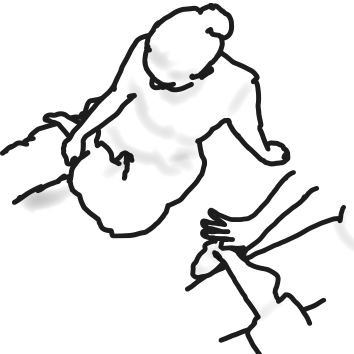
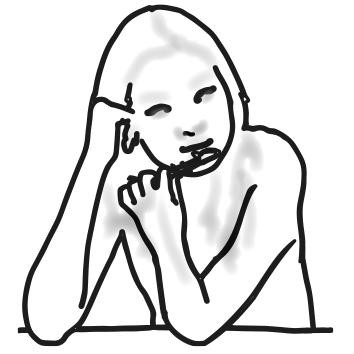
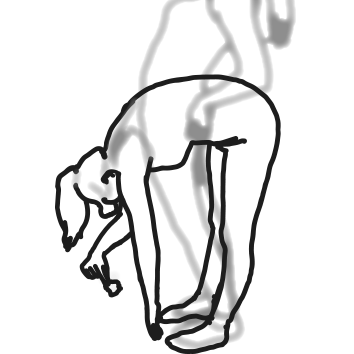
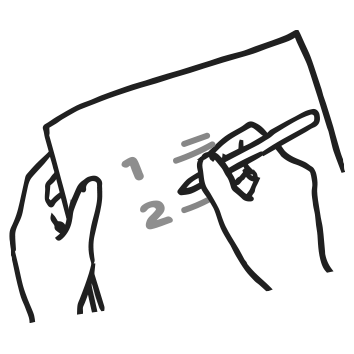
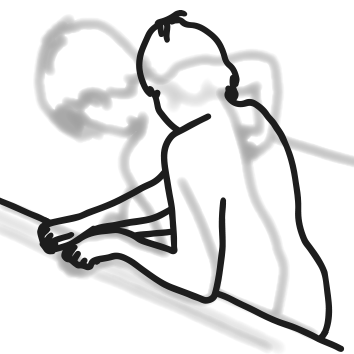

Could you have COVID-19? (temperature/cough/change of taste or smell)
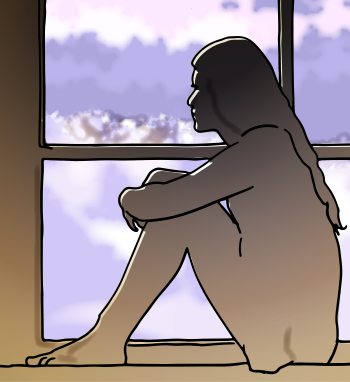
If so, ISOLATE!
Without a test, it can be difficult to know what illness a person has. Depending on the person, COVID-19 can have many different signs and many of those signs also are caused by other health problems. Signs can be mild, uncomfortable, or very serious
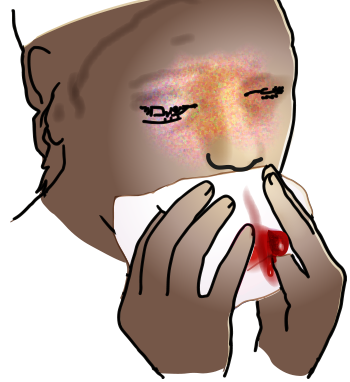
Are there danger signs: trouble breathing or severe chest pain? Is there a high fever (102°F/ 39°C or higher) and medicine for fever isn’t helping?
The person needs help in a health facility. Call ahead to know where to go and what to do. Anyone taking care of the person could also be infected, even if they have no signs. Protect yourself and others from getting sick.

Are there aches and pains, congested or runny nose, sore throat, cannot taste or smell normally? These are signs of coronavirus but also could be from another virus or illness. It is hard to know for sure without a test, but the care is the same
This could be coronavirus or it could be another virus. If available, get a test to know for sure. You can treat at home. No matter what the illness, protect others from getting sick.

Is there a wet cough or sneezing? If coronavirus is not yet in your region then a wet cough, sore throat, runny nose and fever are more likely to be signs of a cold or flu than coronavirus.
If the person is older than 55, has heart disease, existing lung problems, or diabetes, the risk of serious illness is greater. Seek medical advice sooner.
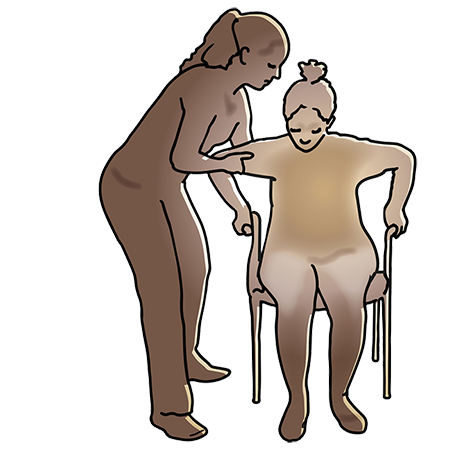
Does the person often get signs of allergies (congested or runny nose, itchy eyes, headaches, breathing problems) and has no fever? Probably these are just their regular allergies.
If the person gets worse and emergency signs appear, they need help in a health facility. Protect others from getting sick.

1. Do you have severe chest pain?
Yes = see a doctor; No = 2;

2. Do you cough up blood? Yes = see a doctor; No = 3;

3. Is the in-breath louder than the out-breath (stridor)? Yes = see a doctor; No = 4;

4. Is the patient out of breath when speaking? (note: do their shoulders move to help them breathe) Yes = severe breathlessness; No = 5;

5. Do you now struggle with a normal activity such as walking, which didn’t happen before? Yes = ADL limited by breathlessness; No = 6;

6. How many sit to stands OR what distance walked in 2 minutes? Time/ distance = ?; go to 7;

7. What number does the patient point to for breathlessness? Number on scale = ?; go to 8;

8. can you hear crackles with your ear or stethoscope? Yes = sputum needs clearance; No = 9;

9. Can you feel the crackles with your hand? Yes = sputum needs clearance; No = 10;

10. Are the crackles high in the lungs? Yes = 11; No = sputum needs clearance;

11. Do you hear bronchial breathing or reduced breath sounds? Yes = go to doctor; No = 12;

12. Do you feel aches around your shoulders or chest from coughing and bringing up sputum? Yes = needs pain relief in sputum clearance; No = 13;

13. Are you drinking enough water? Yes = 14; No = de-hydrated;

14. Do you (the patient) have a lot of sputum? Yes = Sputum needs clearance; No = 15;

15. Does the amount of sputum bother you? Yes = Education in sputum clearance; No = 16;
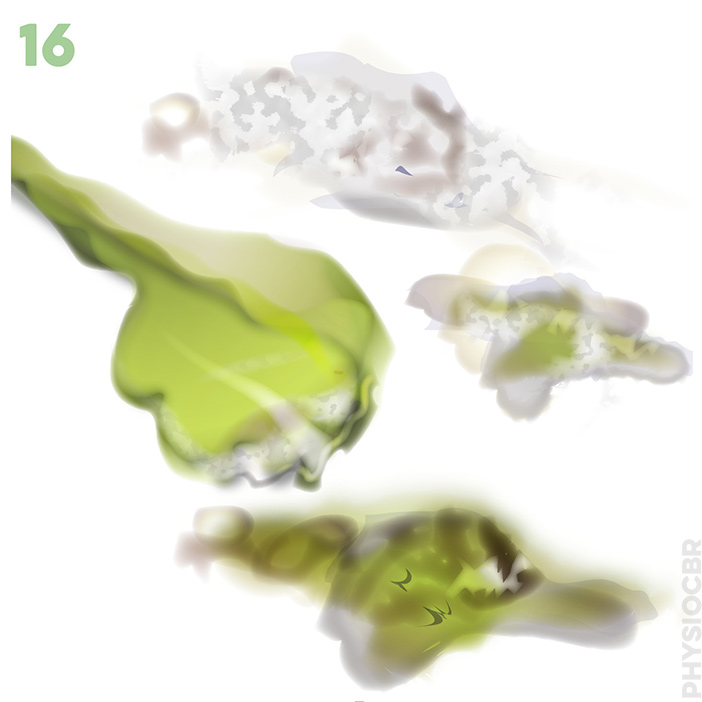
16. Has your sputum changed colour or is it thicker? Yes = 17; No = 19;

17. Do you have bronchiectasis or COPD? Yes = Consider going to doctor; No = 18;

18. Do you feel ill/ have a temperature? Yes = Consider going to doctor, go to 19; No = drink water and monitor, go to 19;

19. Do you have problem with bringing up sputum? Yes = 20; No = 23;

20. Is the problem of bringing up sputum due to pain? Yes = Pain causing retention: requires clearance, massage and light exercises, go to 20; No = 21;

21. Is the problem of bringing up sputum due to weakness? Yes = Weakness: use sputum treatment, go to 22; No = 22;

22. Is the problem of bringing up sputum due to a social reason or embarrassment? Yes = Embarrassment, clear chest at home, go to 23; No = 23;

23. Do you wet yourself when coughing? Yes = Cough conrol and pelvic floor exercises, go to 24; No = 24;

24. Outcome measures (done after treatment): Is the sputum now clearer? Yes = 25; No = Repeat treatment;

25. Outcome measures (done after treatment): Can the patient now manage their own secretions? Yes = (finish); No = repeat treatment;